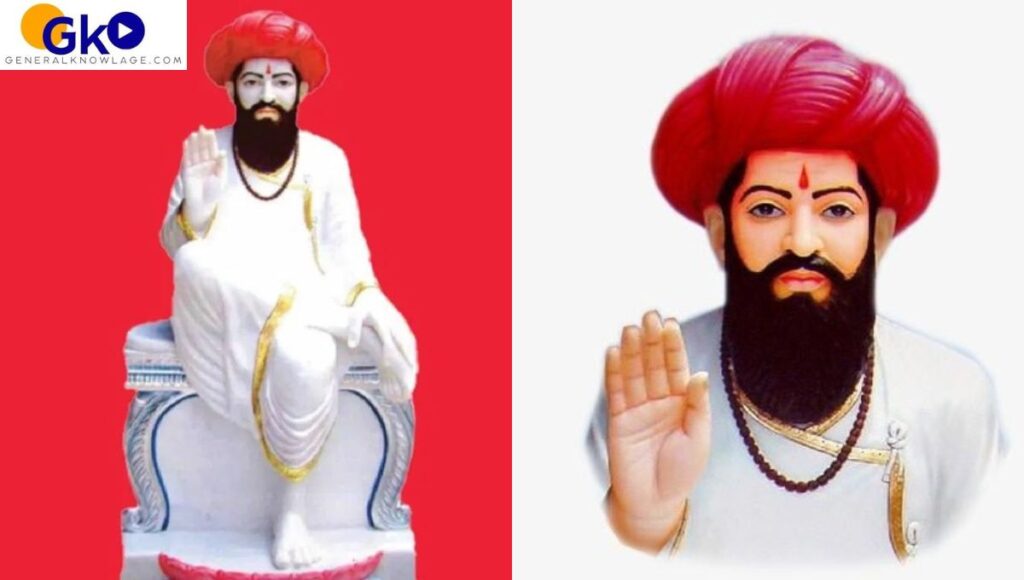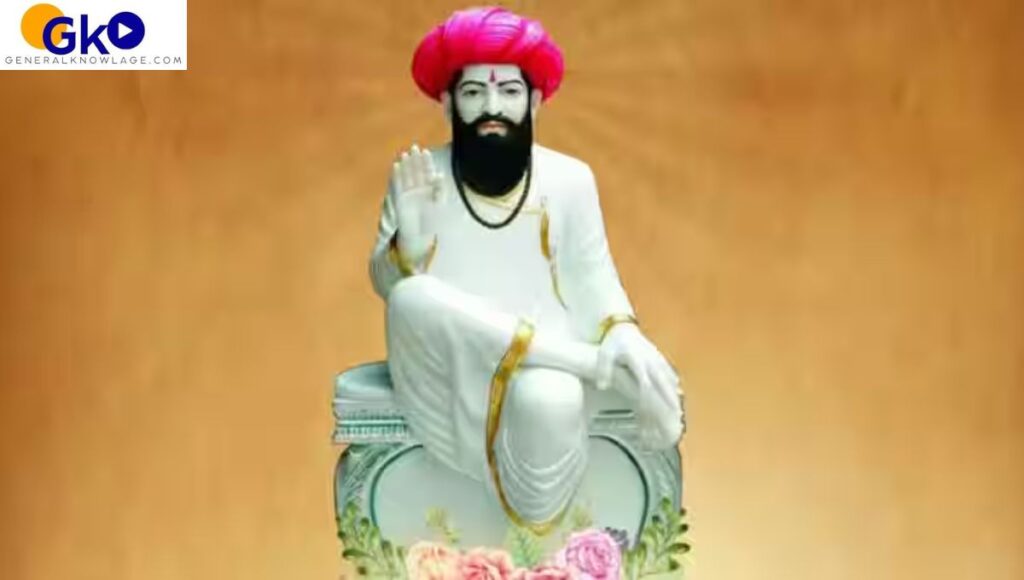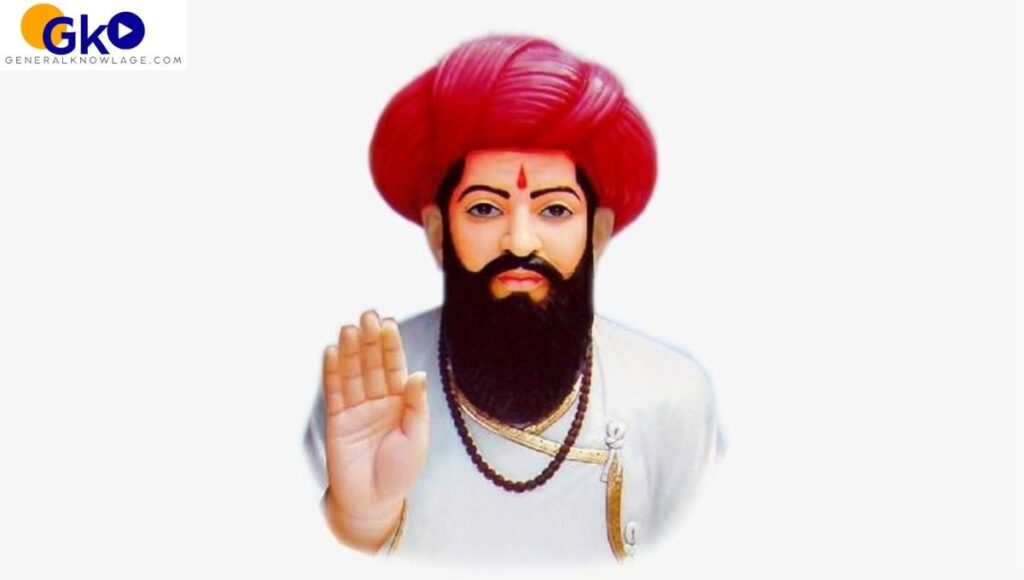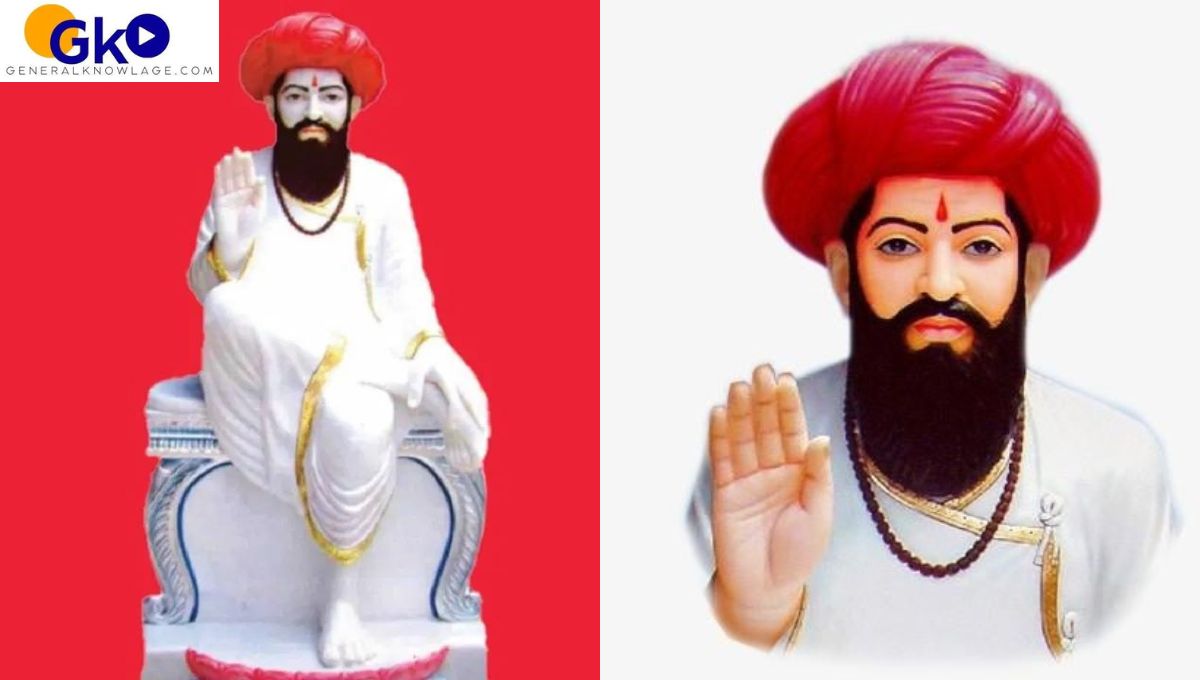Sevalal Maharaj Wikipedia, Wiki, Biography, Birth Place, Book, Jayanti Caption, History
Sevalal Maharaj Wikipedia, Wiki, Biography, Birth Place, Book, Jayanti Caption, History – Sevalal Maharaj, born on February 15, 1739, was a significant figure in Indian history, particularly revered by the Gor Banjara community. He was not only a socio-religious reformer but also a community leader whose teachings continue to influence many. This article delves into his life, his contributions, and his legacy, shedding light on the impact he had on society.

Who is Santh Sevalal Maharaj?
Santh Sevalal Maharaj, also known as Guru Sevalal Maharaj, was a spiritual leader and a social reformer belonging to the Banjara community. He was born to Bheema Naik and Dharamani Yaadi in the 18th century. Sevalal Maharaj is remembered for his tireless efforts to dispel superstitions prevalent among the tribal communities and for advocating social reforms.
He traveled extensively, spreading his message of enlightenment and encouraging the Banjara community to embrace progressive ideals. His knowledge extended beyond spirituality; he was reputedly well-versed in Ayurveda and Naturopathy, contributing to the well-being of his followers not only spiritually but also physically.
What are the achievements of Santh Sevlal Maharaj?
Santh Sevalal Maharaj made significant strides in advocating for the rights and identity of the Banjara community. He vehemently fought for the forest rights of the Kshatriya Banjaras in the Karnataka-Maharashtra region. Additionally, he advocated for the preservation of their language and cultural identity amidst the societal changes of the 18th century.
His leadership during tumultuous times provided security and hope to the Banjara people, who faced numerous challenges from rulers of the era, including those from the Mysuru kingdom and the British colonial administration. Sevalal Maharaj’s unwavering commitment to his community’s welfare earned him widespread respect and admiration.
Flag of Banjaras
A prominent symbol associated with the legacy of Santh Sevalal Maharaj is the flag of the Banjaras. In every Banjara village across India, one can find saffron, white, or red flags, symbolizing the triumphs and struggles of the community. These flags serve as a reminder of Sevalal Maharaj’s victories in safeguarding the rights and cultural heritage of the Banjara people.
Who are Banjaras?
The Banjaras, although not officially recognized as a tribe by the Constitution of India, constitute a diverse community with various subgroups. These subgroups include Dharia, Charan, Mathuria, among others, each with its unique cultural practices and traditions. The Banjara culture is characterized by a blend of Marwadi and Brahmanical influences, reflecting their historical interactions with different regions and communities.

Spread across states such as West Bengal, Madhya Pradesh, Tamil Nadu, Andhra Pradesh, Maharashtra, Gujarat, Telangana, Karnataka, and Odisha, the Banjaras have a significant presence throughout India. Despite their dispersion, they maintain a strong sense of community identity and solidarity, united by shared experiences and heritage.
Where did Santh Sevlal die?
Santh Sevalal Maharaj passed away in Ruhigarh and was laid to rest in Poharagarh, both located in the present-day state of Maharashtra. His burial site, adjacent to the temple dedicated to goddess Jagadamba, serves as a pilgrimage destination for followers and admirers. The Jagadamba temple, along with Sevalal Maharaj’s samadhi, continues to attract devotees, underscoring his enduring influence on the Banjara community.
Sevalal Maharaj Facts
- Folk songs praising Sevalal Maharaj are popular during Banjara festivities, highlighting his revered status among his followers.
- Every Banjara village in India hoists pink flags at spiritual sites as a symbol of deep spiritual reverence and community dignity.
- Sevalal Maharaj advocated for the Banjara community’s rights over forests and their linguistic and cultural identity, challenging oppressive systems of his time.

Conclusion
Santh Sevalal Maharaj’s life and teachings epitomize the spirit of resilience, social justice, and spiritual enlightenment. His legacy continues to inspire generations within the Banjara community and beyond, reminding us of the enduring power of compassion, advocacy, and unity in the face of adversity. As we reflect on his contributions, let us strive to uphold his values and work towards a more equitable and inclusive society for all.
Also, Read
- Rajkumar Periasamy Wikipedia, Wiki, Wife, Age, Videos, Mariage, Biography
- Rekha Mona Shankar Wiki, Wikipedia, Instagram, Age, Height, Relationship
- Ravi Kumar S Wikipedia, Wiki, Age, Education, Salary, Birth Place, Full name, Wife
Who was Saint Sevalal Maharaj?
Saint Sevalal Maharaj was born on February 15, 1739, in Surgondankoppa, located in the Shivamogga district of Karnataka. He is widely regarded as a social reformer and spiritual teacher within the Banjara community. It’s estimated that there are approximately 10 to 12 crore members of the Banjara community across India.
Which caste is Jai Sevalal?
Jai Sevalal Maharaj belongs to the Banjara community, a nomadic group with a rich cultural heritage. The Central government initiated a year-long commemoration of his 284th birth anniversary, recognizing his significance as a spiritual and religious leader among the Banjaras.
Where was Sevalal born?
Sevalal Maharaj was born on February 15, 1739, in Suragondanakoppa, a village in Karnataka. This birthplace holds historical importance as the starting point of Sevalal Maharaj’s journey towards becoming a revered figure within the Banjara community.
What is the history of Banjara?
The Banjara community, also known as Lambanis or Gypsies, has a deep-rooted history in India. Traditionally, they were nomadic people renowned for their skills in trade and transportation, often using bullock carts to carry goods. Their presence and contributions were particularly significant in South India during medieval times, where they played a vital role in trade and commerce.
Which caste is Banjara in Karnataka?
In Karnataka, the Banjara community, also referred to as Lamani or Lambani, is a traditionally nomadic group. They are known for their vibrant culture and unique way of life, contributing to the diverse cultural landscape of the state. Additionally, Banjaras are found in other states like Maharashtra, Andhra Pradesh, and Telangana, showcasing their widespread presence across India.

